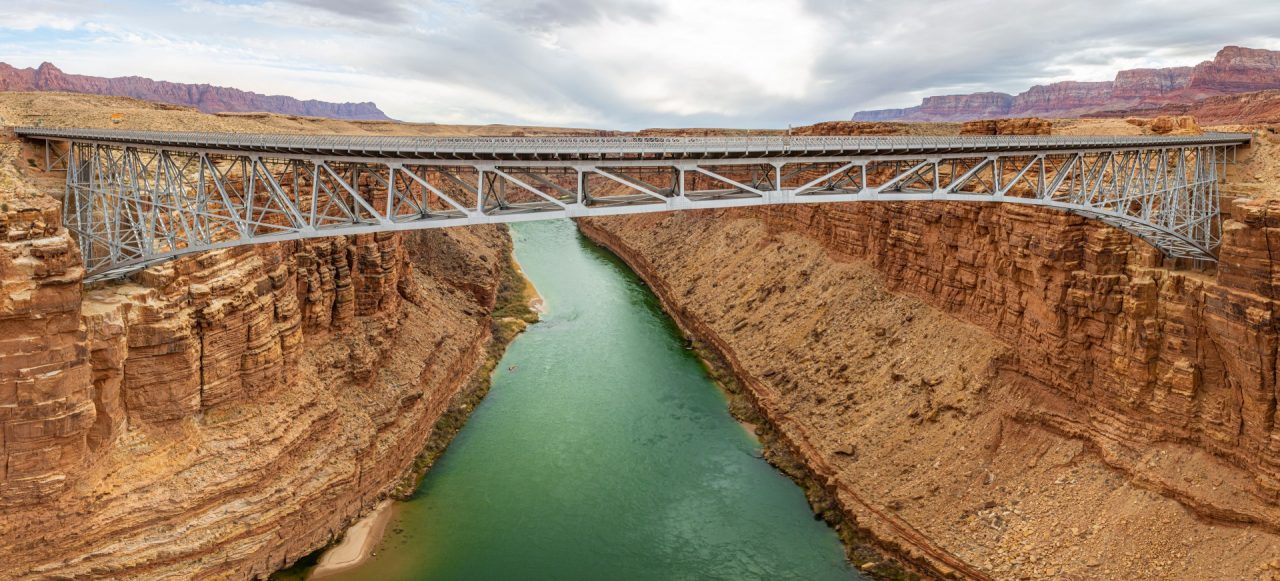First healthcare, then the economy, and now also infrastructure. The effects of the Covid-19 pandemic are spreading from the health care sector and the broader economy, shining a spotlight on how slowing the spread makes infrastructure is even more strategic than ever before.
Water infrastructure – already a top priority at a global level – is taking on new importance for its essential role in ensuring hygiene, health and safety to billions of people.
And since one of the most important defenses against contagion is to wash one’s hands, often and thoroughly, we realize every day now just how important water is as an increasingly essential resource for well-being. Today nearly one third of the world’s population does not have direct access to clean water, according to the United Nations, and the pandemic’s spread in many countries is showing the high human cost of this problem.
New infrastructure is needed, says the International Finance Corporation of the World Bank Group in its report “The impact of Covid-19 on the water and sanitation sector.”
According to the study, an additional $114 billion per year by 2030 would be needed to bridge the water infrastructure gap in developing countries.
The World Bank estimates that investments to extend access to water and sanitation services as of 2015 amounted to less than a third
of the total required to meet Sustainable Development Goal 6 (Ensure availability and sustainable management of water and sanitation for all by 2030).
The impact of Covid-19 on water infrastructures investments
The International Finance Corporation’s report estimates that the spread of the pandemic will have the immediate effect of slowing down investment in the water sector, despite the fact that this is exactly what the sector and the world’s population needs.
In this regard, a study by the Global Water Leaders Group estimates that – in the peak months of Covid-19 – demand for water at the industrial level will fall by 27% — generating less revenue to fund future investment. At the same time, demand will continue to grow and many segments of the population will face economic hardship.
To meet these needs, in Chile a water utility has agreed with the government to postpone the payment of water consumption bills; the same has happened in Brazil, where a utility announced three months of tariff exemption for low-income households.
Water is a precious commodity, and even more so in these months. Hence the urgency to improve and upgrade strategic infrastructures, not only in developing countries but also in richer economies.
The U.S. needs water infrastructure investment
Even in a country as rich as the United States of America, droughts, fires, floods have contributed in recent years to bring parts of the water infrastructure to its knees.
The Brookings Institution, one of the most authoritative think tanks in the country, has raised the issue in a paper published in October, reiterating the need for new investments in water infrastructure. Sewerage systems, treatment plants, pipelines for wastewater management are just some of the works that need urgent intervention.
The key issue, at least in the U.S., is the absence of nationwide coordination in the management of water infrastructure in the country.
Currently — explains the Brookings Institution — in America there are 50,000 water utilities scattered across the country, and this fragmentation that makes it much more difficult to draw up a unified investment plan for the federal government, and above all able to exert effective pressure to approve new allocations. The study suggests a “One Water” approach: considering water as a shared resource across the country, and therefore to be managed collectively — also in terms of infrastructure development plans – acting at the federal level. This approach involves drinking water, rainwater, and wastewater, and in coordinating all the infrastructure works necessary to manage and treat it.
The revival of these infrastructures has the important side benefit of creating jobs. New investments in the water sector, in fact, involve a considerable increase in the workforce, which can at least in part offset the millions of jobs lost due to the pandemic.
Clean River Project: the example of Washington D.C.
Washington D.C. is a good example of how to transform water infrastructure into a tool for redeveloping a large city and at the same time an opportunity for new jobs and economic development.
The U.S. capital is building a network of tunnels and underground channels for wastewater management called the Clean River Project. The goal is to prevent the water from the sewage system, which becomes clogged especially during periods of heavy rainfall, from overflowing into the city’s rivers and polluting them.
The project was launched by the District of Columbia Water and Sewer Authority to reduce the amount of untreated water flowing into the city’s rivers. This is a major project involving the Rock Creek stream and the Potomac and Anacostia rivers, in which Webuild is taking part through a joint venture with SA Healy (a subsidiary of Lane Construction, part of the Webuild Group) and Parsons.
When the project is completed in 2025, the volume of wastewater that will end up in the rivers will be reduced by 96%, from 4.8 billion liters (1.2 billion gallons) to 185 million (48 million gallons).
The work, which has a huge impact on the city in terms of sustainability, is part of the Webuild Group’s commitment to sustainable development. Currently, 85% of the Group’s construction backlog relates to projects involving the advancement of the United Nations Sustainable Development Goals (SDG) and 60% relates to projects aimed at reducing greenhouse gas emissions.
These are common goals for all, and protecting water resources through modernisation of water infrastructure is a key part of the effort.

